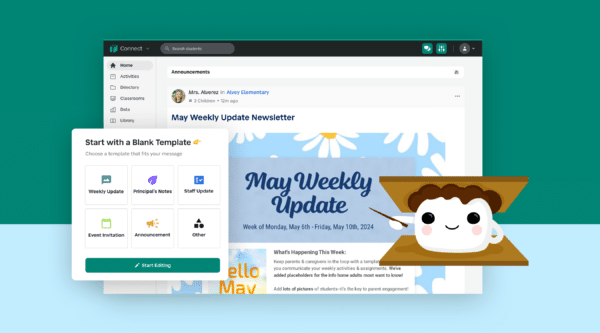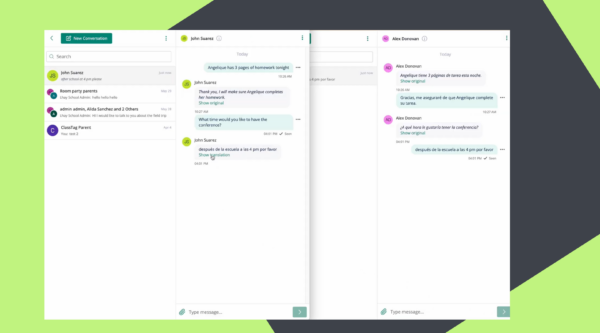

As the school year begins, educators face a crucial task: establishing consistent routines that set the stage for student success. Although the start of the year is perfect for establishing routines, it’s important to remember that you can introduce positive changes at any time—even on November 13. There’s never a wrong time to implement classroom routines. Equally important is for teachers to develop their own routine of consistent family communication—a practice as vital to student achievement as classroom instruction itself.
Consistent communication not only sets the tone for the year but also creates a supportive ecosystem where students can thrive. By bridging the gap between school and home, we create a unified front that reinforces learning and behavioral expectations.
Below, we explore some innovative approaches using family messaging, digital backpacks, and newsletters to create and maintain robust routines that benefit both students and educators.
Leveraging Family Messaging for Micro-Routines
Family messaging tools, like those offered by SchoolStatus Connect, can be used to establish what we call “micro-routines.” These are small, daily touchpoints that create a sense of consistency and connection. For instance:
- Morning Motivation: Send a brief, inspiring quote or thought for the day. This sets a positive tone and creates a shared starting point for students and families.
- End-of-Day Reflection: Prompt students to share one thing they learned or are proud of. This encourages self-reflection and provides families with conversation starters.
By keeping these messages concise and consistent, you’re not only communicating but also modeling effective routine-building.
Reimagining the Digital Backpack
Digital backpacks are more than just repositories for homework assignments. They can be powerful tools for establishing routines when used creatively:
- Weekly Skill Focus: Dedicate a section of your digital backpack to a “Skill of the Week.” This could be an academic skill, a study habit, or a social-emotional learning concept. Provide resources and activities related to this skill throughout the week.
- Routine Checklists: Create interactive checklists for different routines (morning preparation, after-school review, weekend catch-up). Students can track their progress, fostering a sense of accountability and accomplishment.
Newsletters: Beyond the Bulletin
Newsletters don’t have to be dry recitations of upcoming events. Transform them into tools that actively support routine-building:
- Routine Spotlight: In each newsletter, highlight a student or family who has successfully established a positive routine. Share their strategies and the impact it’s had on their learning and well-being.
- Community Challenge: Introduce a monthly routine-building challenge for families. This could be anything from establishing a consistent reading time to implementing a device-free dinner hour. Use subsequent newsletters to share success stories and tips.
By employing these strategies using SchoolStatus tools, educators can create a rich tapestry of communication that supports and reinforces routines. Remember, the goal isn’t just to inform, but to inspire and engage.
With consistent, thoughtful communication, we can build routines that stick and make a lasting impact on our students’ lives.
Stay Connected
News, articles, and tips for meeting your district’s goals—delivered to your inbox.





